SUMMARY
This is AI generated summarization, which may have errors. For context, always refer to the full article.
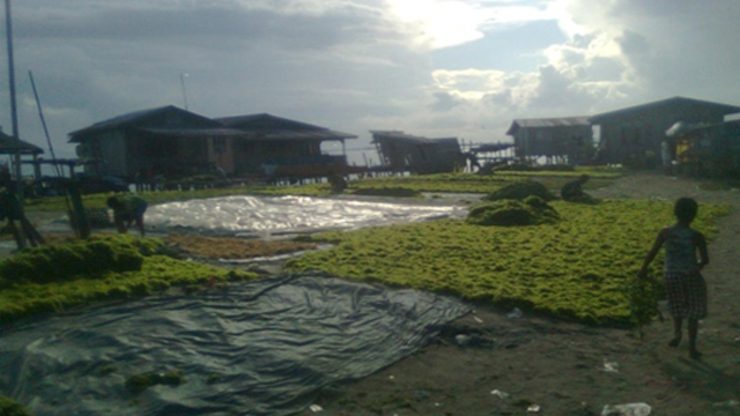
MANILA, Philippines – Eating healthy includes making sure that the food you eat does not contain harmful ingredients.
If constrained by poverty, families are left with no choice but to make do with what’s available regardless of nutritional value.
Residents of coastal communities depend on each day’s fresh catch to earn money as there are no other job opportunities given their area.
There are good days when they gather enough for a full week’s meal for their families. There are also times when they earn just enough to pay off debts they incurred, mostly fuel for their boats. (READ: PH oceans in crisis: The sad state of small fisherfolk)
With no resources, they are often left with no choice but to eat what is available. If they’re lucky, they can have what’s left from the catch. If not, it’s either they end the day with empty stomachs or eat salt with rice. But the Filipino staple is becoming not an option anymore as its price continues to rise.
It may seem ironic, given that the Philippines is an archipelago and fisherfolk are considered the poorest sector. They, together with farmers, are among the least paid workers with an average daily wage of P 156 in 2011. The poverty incidence among fisherfolk is also high with an average of 41% in 2009, according to data from the National Statistical Coordination Board (NSCB).
Seaweed’s many uses
The small seaweed industry in the country tries to help residents of coastal villages find an alternative source of income. Aside from going out to sea every day, most also get employed in farms where they tend and harvest seaweeds for selling.
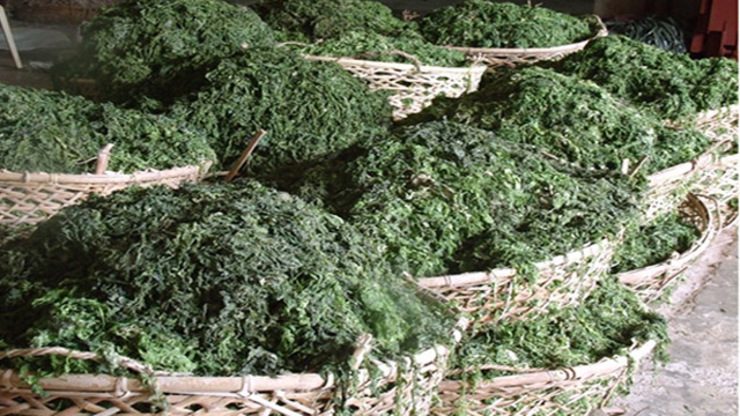
Seaweeds, likened to a coconut tree, have many uses. Aside from being well known in the form of nori in Japanese and Korean cuisines, it can also be turned into cosmetics, biomass fuel, and even wastewater treatment, among others.
It was only in early 2013 when the potential of an ignored type of seaweed was tapped in the country.
Ulva, a type of seaweed often washed ashore and considered useless by coastal communities, was discovered to be an alternative to some ingredients in feeds given to animals.
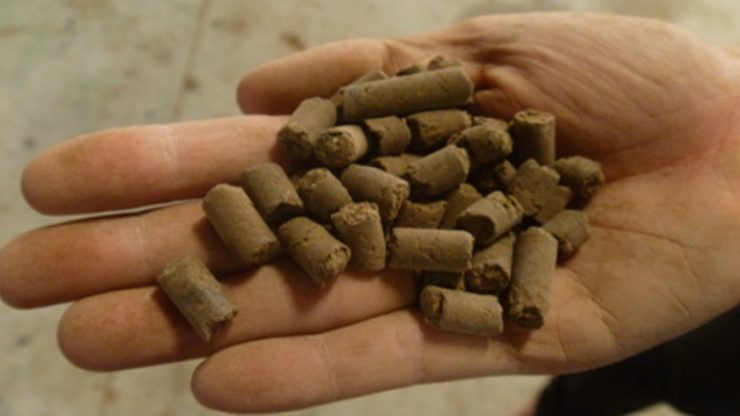
According to Obi Roco, Trading Room PH and Ocean Harvest Technology Philippine representative, ulva is healthier because it removes the harmful ingredients consumed by livestock we eat.
“It’s definitely healthier since the chemical additives are taken out,” she said. “There’s no need to put them anymore since the seaweed has natural antibiotic property so by itself, it can fight a lot of diseases.”
Amid recent arguments over genetically modified organisms (GMOs), especially with regard to rice crops in the country, promoting and ensuring organic meat is a step to better health. (READ: PH most ‘GMO-friendly’ country in Southeast Asia?)
Animals fed with organic material tend to have leaner meat and are sure to have no prior diseases.
The United Kingdom is one of the countries that patronized organic feeds, often for fish like salmon.
Opportunities to coastal communities
Roco sources the ulva seaweeds from 4 fishing communities – Bantayan Island in Cebu, Bohol, Zamboanga and Tawi-Tawi.
“Noong una, hindi sila na-entice kasi hindi sila sanay,” she told Rappler. “It’s the first time that somebody’s interested to buy it.”
(At first, they weren’t enticed since they’re not used to it.)
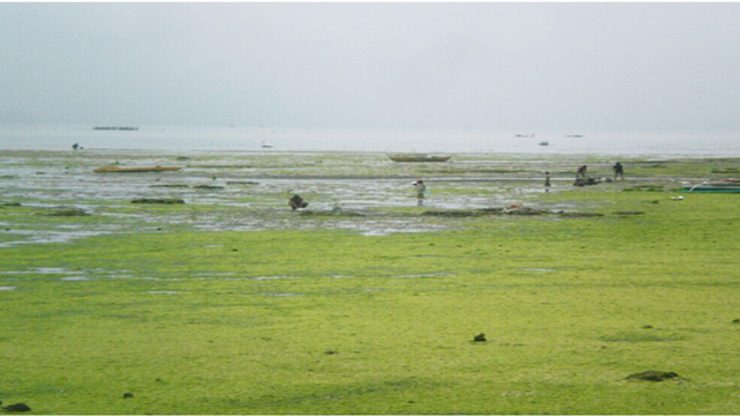
The number of seaweed gatherers grew in a span of one year. From being just a sideline for the men of the household, it became one of the main sources of income for the community.
It has become a family effort for the community members. Every weekend, children join their parents in gathering seaweeds to sell. To keep the children from dropping out of school to work, Roco decided to collect seaweeds Tuesdays every week.
She also said that providing the opportunity to earn money from seaweeds was a way to stop dynamite fishing in the area, which destroys coral reefs and actually does more harm than good. According to Roco, they can earn as much or even more in seaweeds.
Unlike dynamite fishing, proper training isn’t required for the job and is not dangerous at all. The work only entails knowing how to properly dry the seaweeds and stuffing them into sacks. There’s even no need for capital.
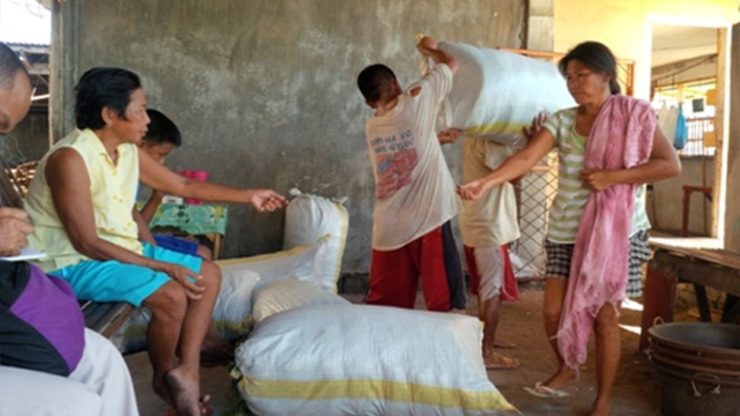
“It’s free for all because nobody owns the water,” she explained. “Kahit sino ang gustong mamulot at magbenta sa amin.” (Anyone can gather and sell to us.)
Roco, through 3 consolidators in each area, buys per sack the dried ulva from the residents. Each collection day ensures enough money for each family to survive and not just make each of them depend on income from fishing.
Not just a business
When Typhoon Yolanda hit Bantayan Island, the gatherers had to stop their operation for a while. The absence of the green color from the ulva was strikingly obvious. But worse, homes were destroyed.
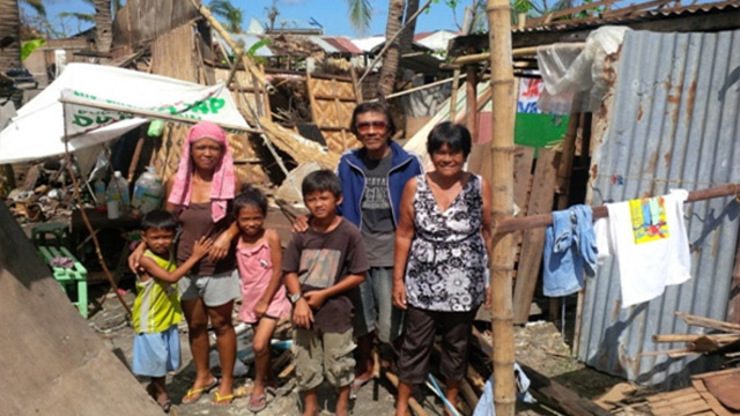
Several families had nothing after the strong typhoon ravaged their coastal community. They did not bother working because they were busy looking for food and putting a roof above their heads.
“Iyong number one issue ay yung food at yung titirahan,” she recalled. (The number one issue then was food and their houses.)
The importance of camaraderie between the social enterprise and community was seen through the relief efforts and restoration on the island. Without government support, the affected families were able to fix their houses and had something to eat immediately.
The people of Bantayan Island got back on their feet with the help of their stable job as seaweed gatherers faster than other areas.
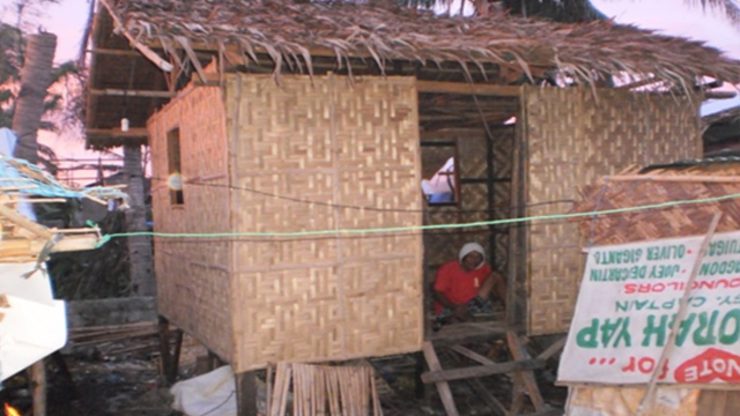
Win-win situation
The Seaweed Industry Association of the Philippines includes members from processors, farmers, traders, and exporters. Although the industry here is one of the frontliners in Southeast Asia for certain seaweed varieties, the Ulva seaweed is yet to be in full bloom especially in the context of agriculture.
Ocean Harvest is determined to show the potential of seaweeds as major game changer in agriculture.
“We are looking into bringing the company to the Philippines because we want to generate more jobs,” she said.
Aside from sourcing seaweeds from other coastal areas, they are also trying to introduce the concept of organic feeds to big companies related to livestock in the country to promote healthier meat choices to Filipinos. They even developed feeds especially for tilapia.
From generating jobs to providing better alternatives in terms of food consumption, there is definitely a lot more to seaweeds than just nori. – Rappler.com
Add a comment
How does this make you feel?
There are no comments yet. Add your comment to start the conversation.